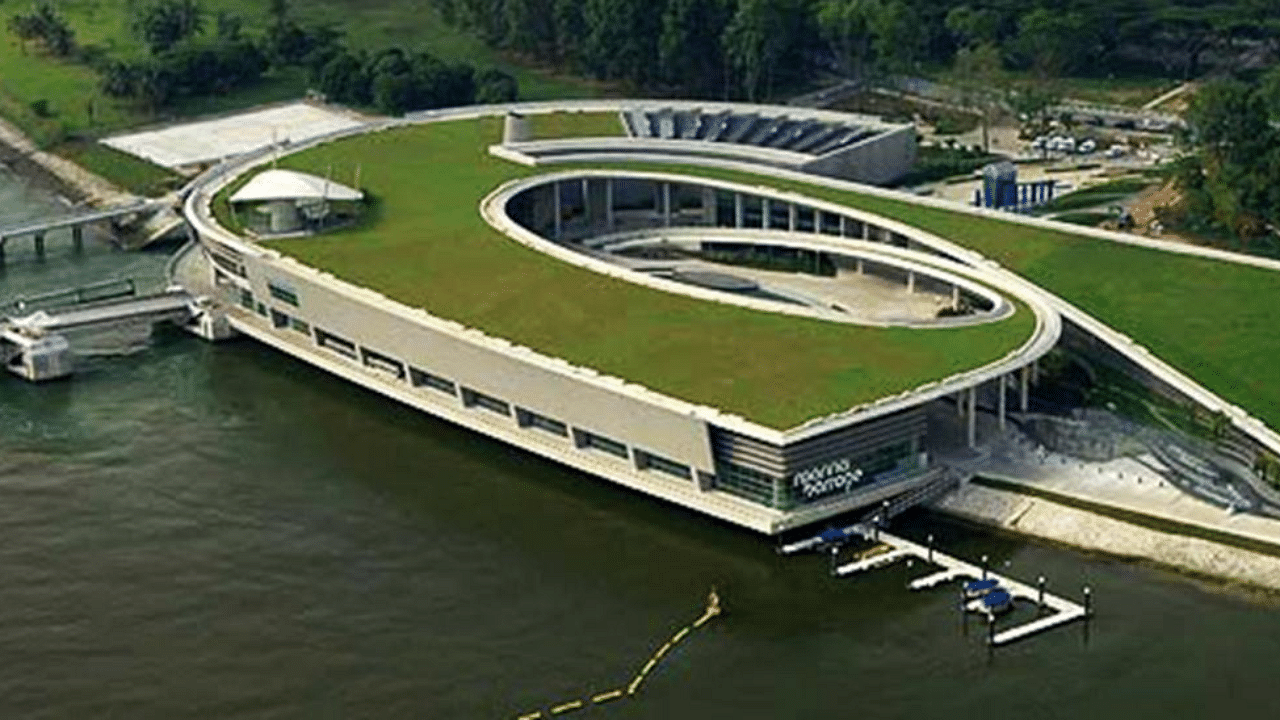
Beyond last-minute drain desilting, does Bengaluru have a strategy to free citizens from the predictable floods? Why not build underground tanks in low-lying areas, harvest all that excess water for summertime use?
Water experts feel such out-of-the-box solutions could be a potential way out.
The lake linkages broken decades ago due to unregulated encroachments and floods have seen a dangerous spike in recent years with public miseries amplified. Spilling out of clogged drains, the excess water rush into low-lying areas and flood vast swathes of residential areas.
Decades ago, stormwater management experts had suggested building underground storage tanks.
Retired BWSSB engineer-in-chief Thippeswamy recalls that a proposal by the late doyen of groundwater research, Padmashree B P Radhakrishna, had integrated flood control, storage, treatment and reuse.
In Munich, says Thippeswamy, the recurring floods were arrested by building 13 underground tanks. “These were mainly built on plots like the civic amenity (CA) sites. The tanks had two tiers, each 8m deep. Water would flow into these 16m tanks, to be pumped out when required.”
Experts feel Bengaluru could learn a lesson or two also from Tokyo, which had built the world’s largest underground water tank to beat recurring floods. Today, it serves as a massive discharge channel for floodwaters. Excess water automatically flows into the tank, larger than a football field. When the water approaches capacity, operators pump it out from the main tank.
Completed in 2006, the Metropolitan Area Outer Underground Discharge Channel (MAOUDC) is 22 metres below the ground. Its ceiling is supported by 59 pillars, each 18m tall and weighing 500 tons. Can Bengaluru build such tanks, but much smaller in size, to collect and store the city’s floodwaters that otherwise cause major misery?
The tank solution has also been implemented in Pittsburgh, where stormwater drains would often get tied up with sewer lines and the excess water floods streets and basements. The Pittsburgh Water and Sewer Authority had installed underground tanks, and planted grass and other native plants as a water-absorbent ‘bioswale’.
Many Chinese cities have adopted the concept of drought-resilient ‘Sponge cities’. Rainwater is soaked in multiple ways that range from permeable roads to rooftop gardens. Ponds, filtration pools and wetlands, besides public spaces that enable storm water to seep underground are all part of such cities.